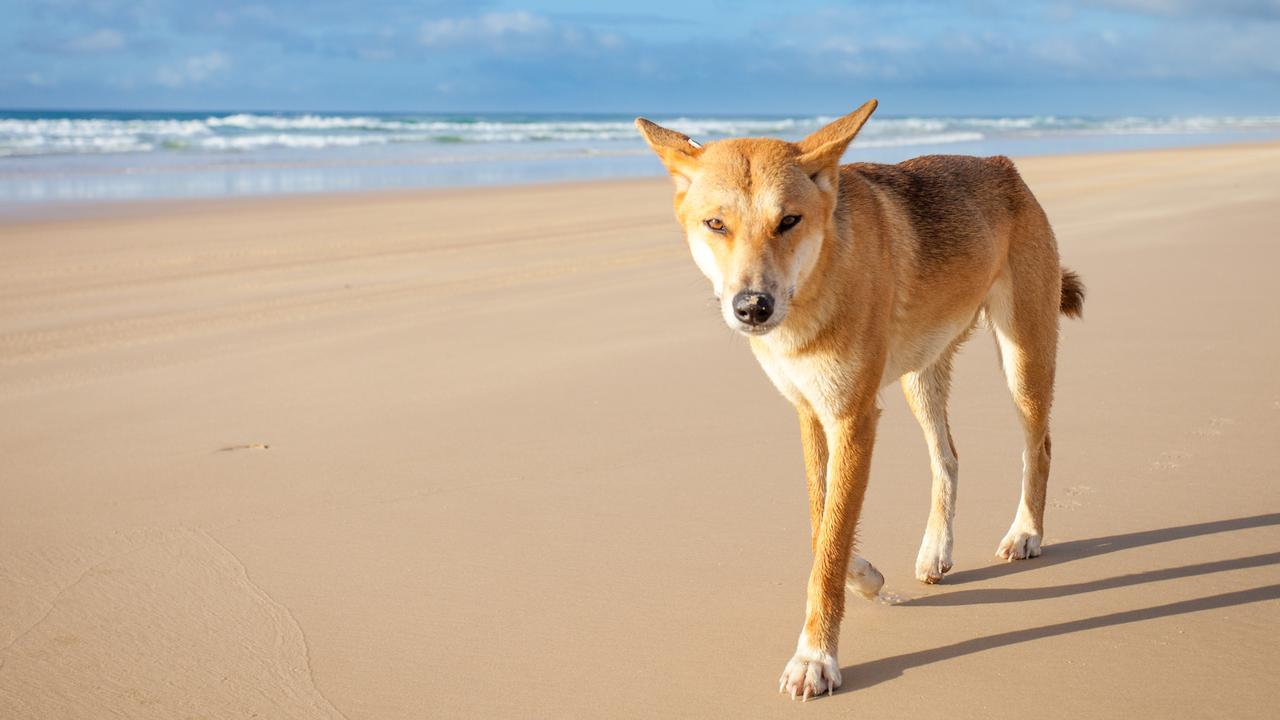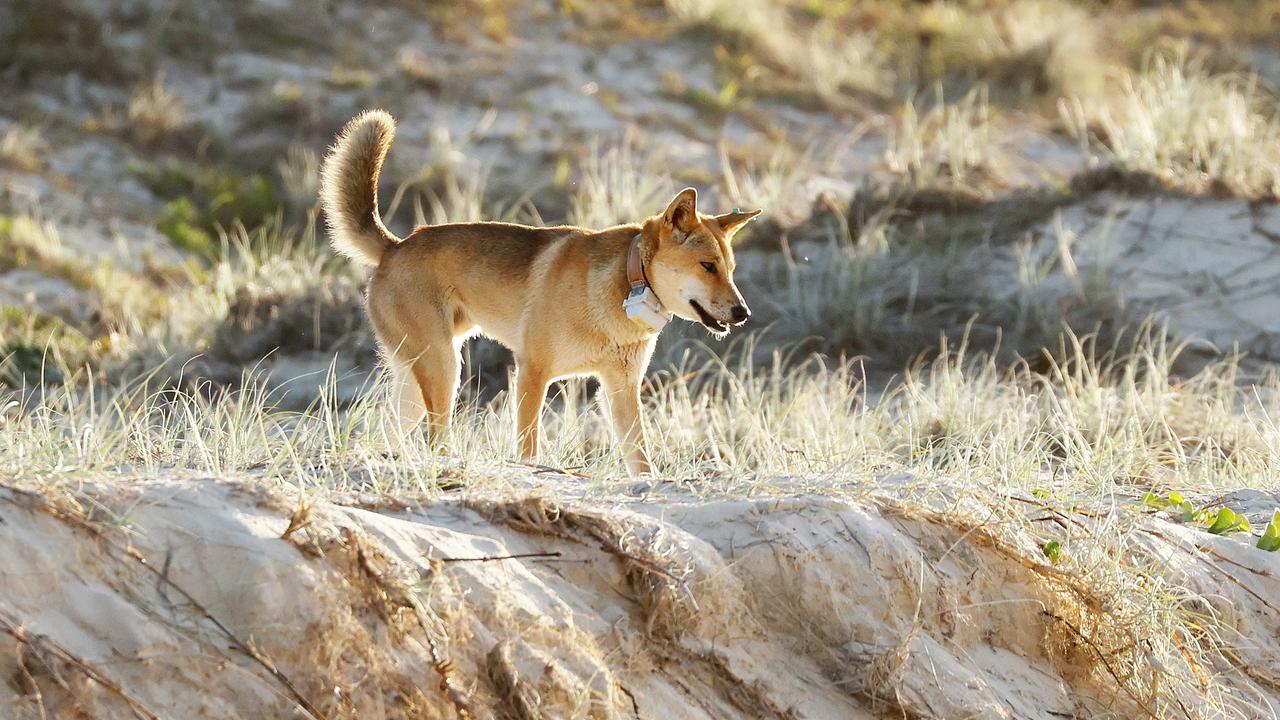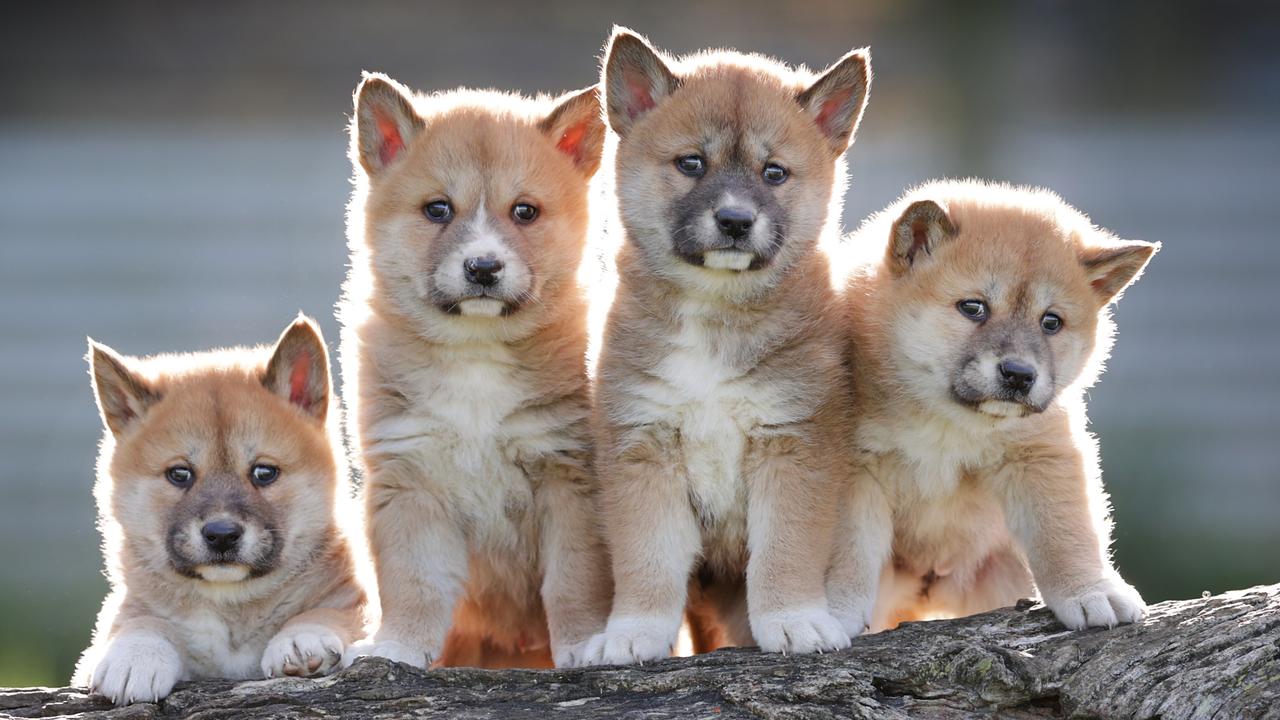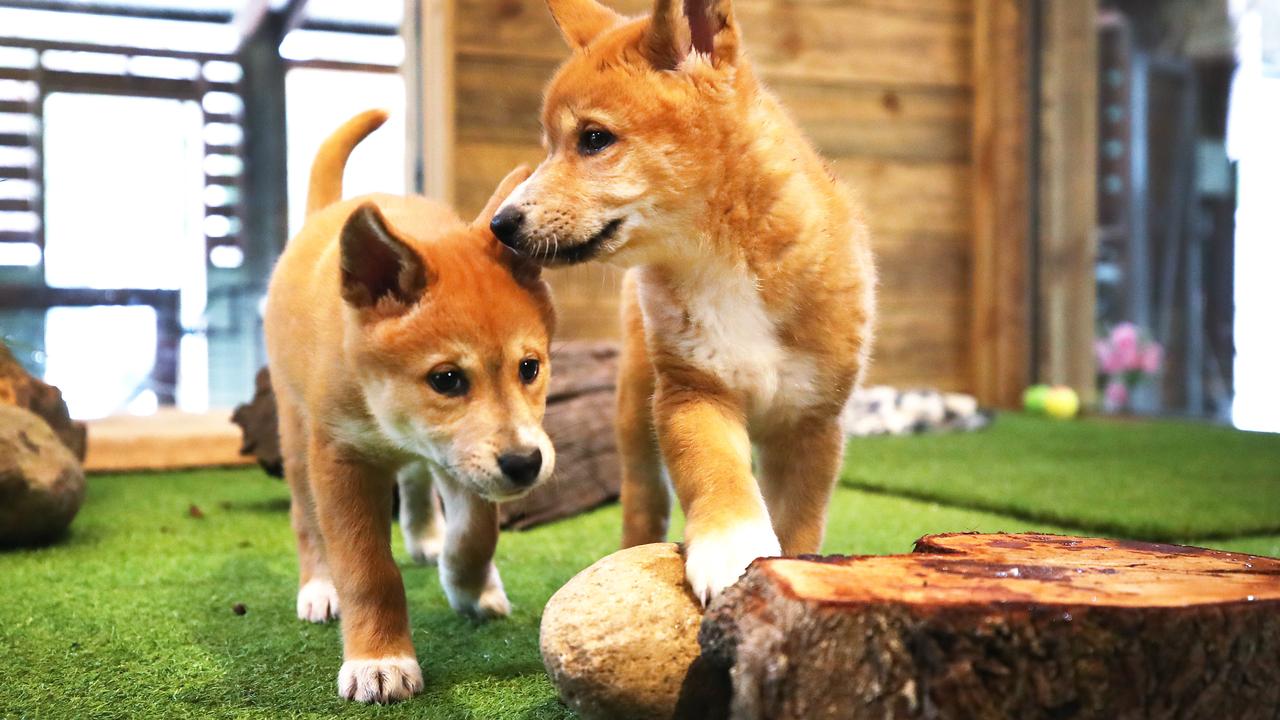Twenty top scientists rule dingoes are just dogs and not a threatened species
Australia’s top 20 taxonomists have declared the dingo is just another dog breed. So where does this leave wild dog control programs across the nation and the protection of dingoes?

READING LEVEL: ORANGE
Australia’s top 20 taxonomists* have declared the dingo just another dog breed and not a unique or threatened species*.
Signing a joint declaration* this month, the scientists stated the dingo “is not more genetically distinct* than any other ancient* dog variety”, such as a labrador or Siberian husky.
The Australasian Mammal Taxonomy Consortium (AMTC) of scientists from the nation’s top universities and museums, have all agreed to classify the dingo, along with all other dogs, as Canis familiaris.

The move is a backflip on a 2019 finding by 20 different Australian researchers, who found the dingo was not a dog but a native* species of its own.
Those researchers, from several Australian universities, found the dingo had many characteristics* that make it different from domestic* and feral* dogs, and other wild canids — a family that includes wolves and foxes.
In their 2019 paper published in the respected scientific journal Zootaxa, they argued that because of its geographic* isolation and the lack of dingo taming in Australia for more than 1000 years, “little evidence exists” to show the wild animal is a dog.

However, the AMTC this month said its analysis of genome* data could split all Canis familiaris dogs, including dingoes, into three major ancestry* groups:
1. A western Eurasian lineage* (including European dogs such as the labrador retriever, Middle Eastern, and African dogs, such as the basenji);
2. An east Asian lineage (including Asian village dogs, some Chinese breeds, New Guinea singing dogs and dingoes); and
3. An Arctic lineage (including Alaskan malamutes and Siberian huskies).
This AMTC finding puts a question mark over whether the dingo should be a protected animal in Australia.
Federally*, the dingo is considered a native species, like the kangaroo, koala, or any other animal present in Australia prior to the year 1400.
Plans to control dingoes, often linked to wild dog management programs, change from state to state, but they can be trapped and killed in some areas.

In March this year, the Victorian Government changed the dingo non-protection order in north-west Victoria based on new scientific information about the local dingo population’s imminent* risk of extinction*.
Dingoes are now protected in north-west Victoria, on both public and private land, and it is illegal to kill them without official approval.
National Wild Dog Action Plan Co-ordination Committee chair Geoff Power said the taxonomists’ statement confirmed dingoes were an ancient breed of dog, so it no longer qualified as a threatened species and Victoria should review its order.
While the AMTC does not recognise the dingo as a separate species, which it said would normally take more than a million years of separation, its members said the “name and distinctiveness of the dingo is a separate issue to its ecological* and cultural* role”.
“Naming the dingo as a separate species should not be necessary to protect it and recognise its value to Australians, and to species and ecosystem* conservation*,” the AMTC declaration said.

DINGO FACTS*
- They live across most of Australia in areas including deserts, alpine* and woodlands.
- Unlike domestic dogs, dingoes rarely bark. Instead, they use a range of melodic* sounds described as howling, yodelling* and screaming.
- Not all dingoes have golden-yellow or ginger coats with white socks and tail tips. Dingoes’ coats can come in lots of colour patterns including black, white, tan, brindle* and patchy.
- Life span: 7-10 years
- Size: About 60cm tall
- Weight: 13-18kg
- Diet: Carnivore*. They eat kangaroos, wallabies, rabbits and feral pigs among other meat.
*Source: Taronga Conservation Society Australia

GLOSSARY
- taxonomists: a biologist that groups living things into categories
- species: a group of living things consisting of similar individuals capable of exchanging genes or interbreeding
- genetically distinct: having unique genes
- ancient: very old
- native: where you were born
- characteristics: a special quality or appearance that makes an individual or group different from other
- domestic: relating to the home
- feral: wild
- geographic: relating to a location or area
- genome: the complete set of genes or genetic material present in a cell or organism
- ancestry: one’s family or ethnic descent
- lineage: a sequence of species each of which is considered to have evolved from its predecessor
- federally: part of a national system
- imminent: very close to happening
- extinction: when a species dies out on Earth
- ecological: concerned with the relation of living organisms to one another and to their physical surroundings
- cultural: relating to the ideas, customs, and social behaviour of a society
- ecosystem: a biological community of interacting organisms and their physical environment
- conservation: saving or preserving something
- alpine: relating to high mountains
- melodic: tuneful or musical
- yodelling: to sing by suddenly changing from a natural voice to a high voice and back
- brindle: a brownish or tawny colour of animal fur, with streaks of other colour
- carnivore: meat eating
EXTRA READING
Researchers find the dingo is not a dog but a unique Australian species
Wonderdog Winston calms kids in court
Meet Earl, the hardest-working dog in Australia
QUICK QUIZ
1. What classification have the taxonomists given to the dingo?
2. Name the three ancestry lineages of dogs.
3. Why is there now a question mark over the protection of dingoes?
4. Why does the Victorian Government want to protect dingoes in north-west of the state?
5. Dingoes don’t bark. What do they do instead?
LISTEN TO THIS STORY
CLASSROOM ACTIVITIES
1. Just another dog?
"Just another dog? We don’t think so!" Imagine that you are the spokesdingo for all of the dingoes in Australia. Write your response to this story, starting with this statement.
Time: allow at least 30 minutes to complete this activity
Curriculum Links: English, Science
2. Extension
If dingoes are just another breed of dog, how did they get to Australia? Write down your ideas. Then use your research skills to find out if scientists know how they did get here. Create a diagram that would help a younger kid understand either one of your ideas or a theory that you might have found.
Time: allow at least 60 minutes to complete this activity
Curriculum Links: English, Science, History, Critical and Creative Thinking
VCOP ACTIVITY
I spy nouns
Nouns are places, names (of people and objects), and time (months or days of the week).
- How many nouns can you find in the article?
- Can you sort them into places, names and time?
- Pick three nouns and add an adjective (describing word) to the nouns.

